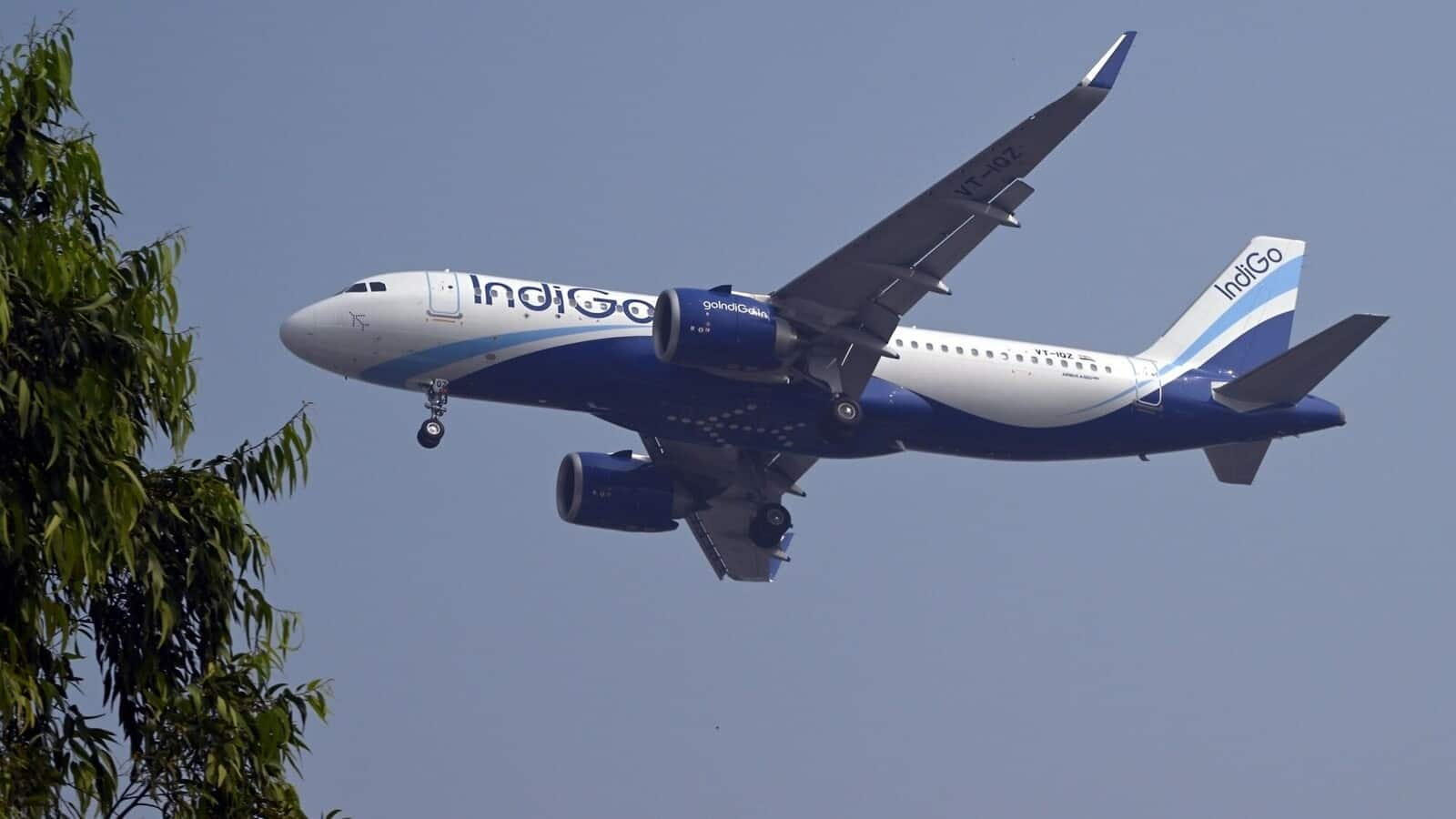
Delhi pollution: How pilots navigate flights in low visibility conditions
What's the story
As Delhi continues to battle dangerous air quality, visibility at the city's airport has drastically reduced.
On Monday, the Air Quality Index (AQI) in the national capital jumped to a dangerous 481, resulting in dense fog conditions.
In light of the adverse conditions, Delhi International Airport Ltd (DIAL) has implemented low-visibility procedures to ensure smooth flight operations.
Technological aid
Advanced systems ensure safe landings in low visibility
To tackle the poor visibility, DIAL has installed its three runways with advanced CAT III Instrument Landing Systems (ILS).
These systems are aimed at increasing resilience and reducing disruptions in such conditions.
Approach in-lighting systems (ALS) have also been installed along with the ILS to help pilots make accurate landings and navigate even at zero visibility.
Preemptive measures
Low visibility procedures activated amid dense fog
These low visibility procedures are activated when runway visual range falls below 800 meters or cloud ceilings drop under 200 feet.
Recent conditions have witnessed visibility levels drop below 100 meters, requiring these measures.
Before implementation, these initiatives are appropriately tested and the information is communicated to air traffic control and airline operators.
Travel advisory
Airlines advise passengers amid fog-related delays
Delhi-based airlines, including IndiGo, have issued advisories asking passengers to allow extra travel time and check flight statuses before heading to the airport, as they are likely to be delayed due to fog conditions.
The India Meteorological Department (IMD) has also issued an orange alert for Delhi, predicting "dense" to "very dense fog" in the capital and adjoining areas.